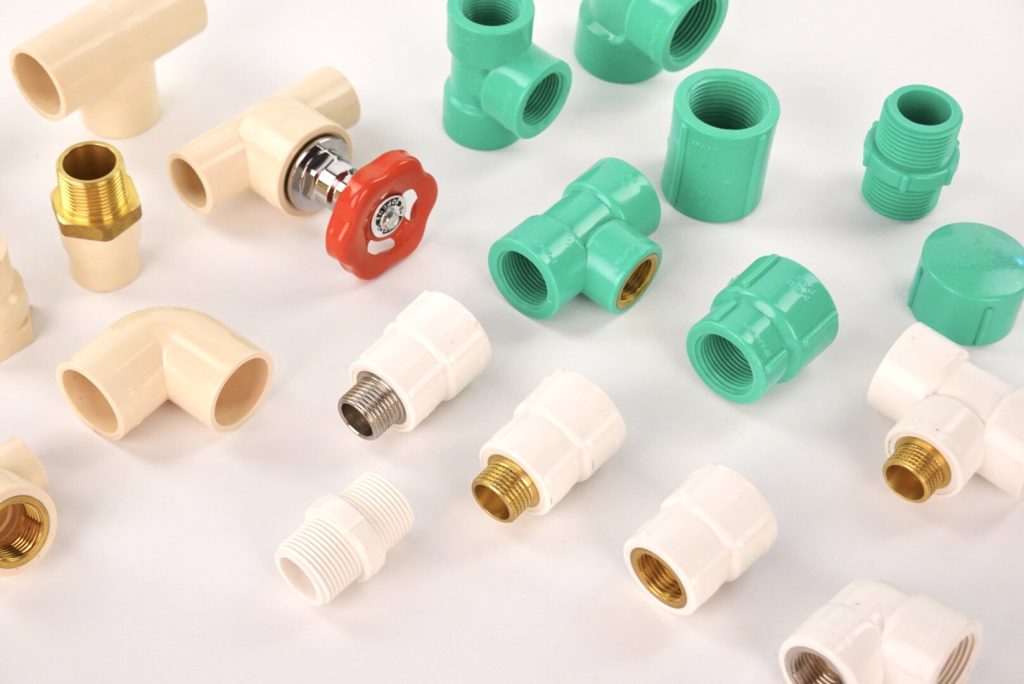When it comes to piping systems, the choice of materials and their respective performance characteristics is critical for ensuring the longevity and effectiveness of the system. In the world of plastic pipes, CPVC pipe connectors and PVC pipe connectors are two options that are commonly used. However, there are some key differences between the two materials that should be considered.
CPVC Pipe Connectors
CPVC stands for Chlorinated Polyvinyl Chloride, which is made by chlorinating PVC. CPVC has higher chemical resistance, allowing it to withstand more chemicals, acids, and hot water than PVC does. CPVC is also more flexible than PVC, making it easier to install in tight spaces or around curves. In addition, CPVC can be used at higher temperatures than PVC, making it ideal for use in hot water applications.
PVC Pipe Connectors
PVC stands for Polyvinyl Chloride. PVC is a widely used material for piping systems due to its affordability and versatility. PVC is resistant to corrosion, chemicals, and UV radiation, making it useful for a range of applications, including drinking water systems, industrial piping systems, and irrigation systems. Additionally, PVC is very lightweight, making it easy to transport and install.
The Differences
The primary differences between CPVC and PVC include chemical resistance, temperature resistance, flexibility, and cost. CPVC is more resistant to chemicals and hot water than PVC, making it better suited for some industrial applications. Additionally, CPVC is more flexible than PVC, allowing it to be used in tighter spaces. However, CPVC is more expensive than PVC, and PVC is generally more widely available.
Which One Is Right for Your Application?
When selecting between CPVC pipe connectors and PVC pipe connectors, it is important to consider the specific needs of your application. If you are working in an industrial setting where chemicals and hot water are regularly present, CPVC may be the better choice. Conversely, if cost is a primary consideration, PVC may be a more suitable option. Ultimately, there is no one-size-fits-all answer, and it is important to carefully assess the needs of your application before making a decision.
In conclusion
Both CPVC and PVC have their own unique strengths and weaknesses. By understanding the differences between them, you can make a more informed decision about which material is best suited for your specific application. Whether you opt for CPVC or PVC, it is crucial to work with a reputable supplier who can provide high-quality products and offer expert advice to ensure the success of your piping system.
View more:https://www.ifanfittings.com/


